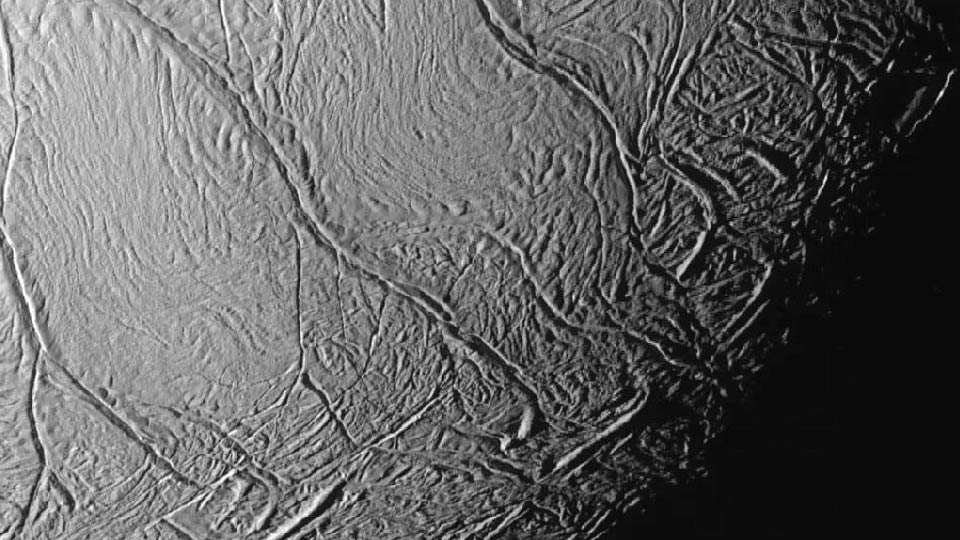Applied Sciences, Vol. 13, Pages 3786: Promising Photoluminescence Enhancement of Tris(8-hydroxyquinoline)aluminum by Simultaneous Localized and Propagating Surface Plasmons of Ag Nanostructures
Applied Sciences doi: 10.3390/app13063786
Authors: Tian-Hao Huang Cheng-Zi Jiang Tian-Ning Xu Zhen-Yu Tian
The continuous performance optimization of tris(8-hydroxyquinoline)aluminum (Alq3) materials is of great significance during the commercialization process of organic light-emitting diodes (OLEDs). In incorporating Ag nanostructures into Alq3, the photophysical properties are greatly improved by the plasmon–exciton coupling effect. Localized surface plasmons (LSPs) in Ag nanoparticles (NPs) efficiently increased the absorption ability. The coexistence of LSPs and propagating surface plasmons (PSPs) in Ag nanowires (NWs) leads to a PL enhancement of 5.3-fold and a full-width at half maximum (FWHM) narrowed by 10 nm. Temperature-dependent PL measurements exhibit that the plasmonic density of states (DOS) increases with decreasing temperature below 40 °C, and the thermal exchange can be accelerated by the introduction of Ag nanostructures. Effective suppression of the thermal accumulation effect is further proved by excitation intensity (EI)-dependent PL measurements. We also found that Ag nanostructures could mainly change the y coordinates in International Commission on Illumination (CIE), leading to a higher brightness. The 5372 K color temperature of an Ag NWs-embedded composite is suitable for daylight-type fluorescent OLEDs. The results would pave an effective way for further optimizing the optical performance of light-emitting materials in OLEDs.

 1 year ago
23
1 year ago
23


